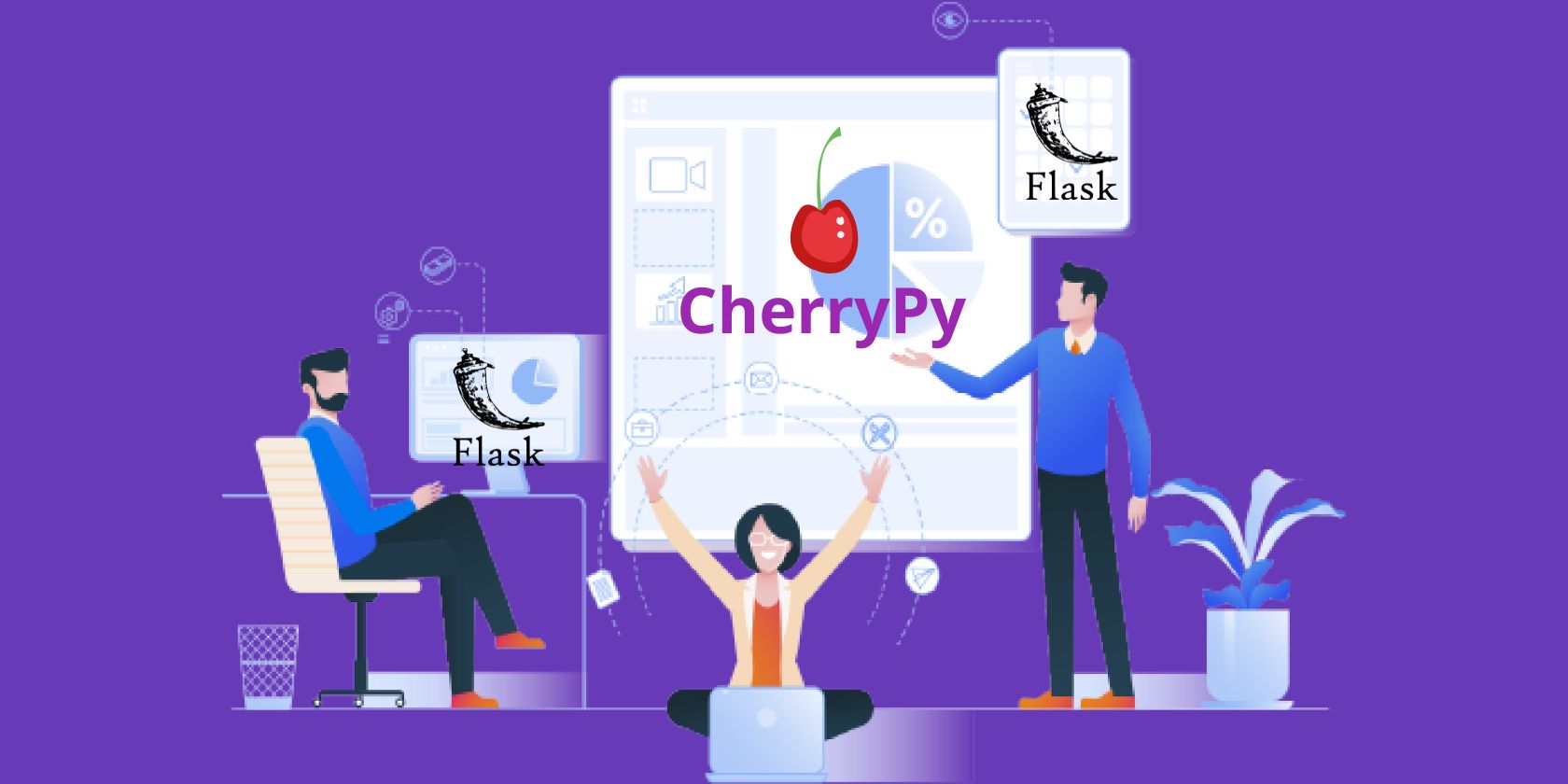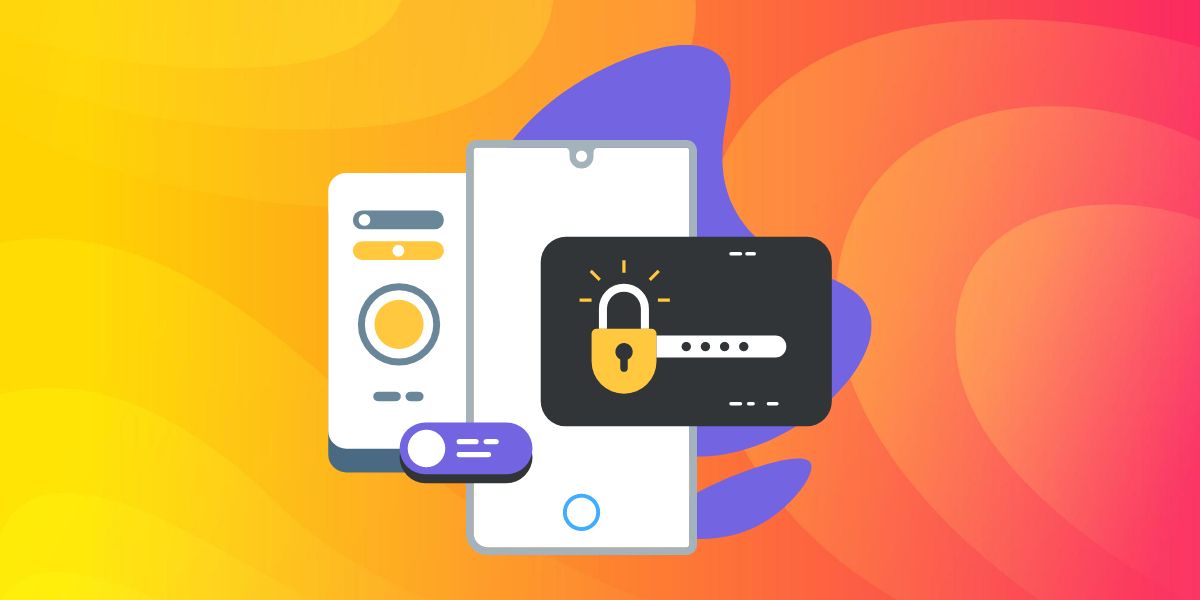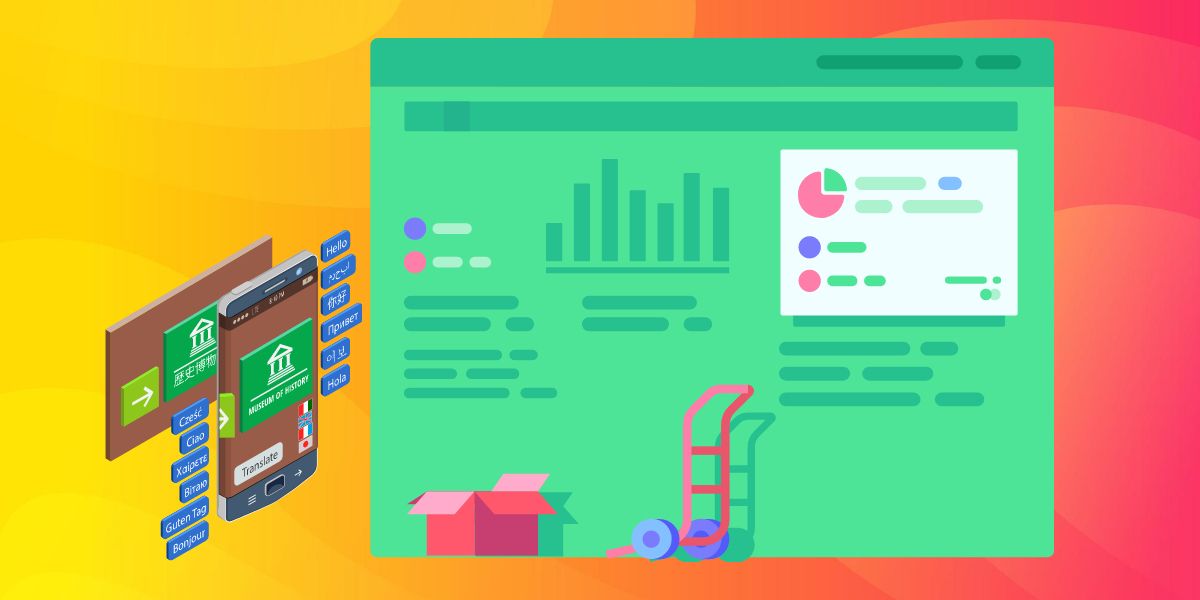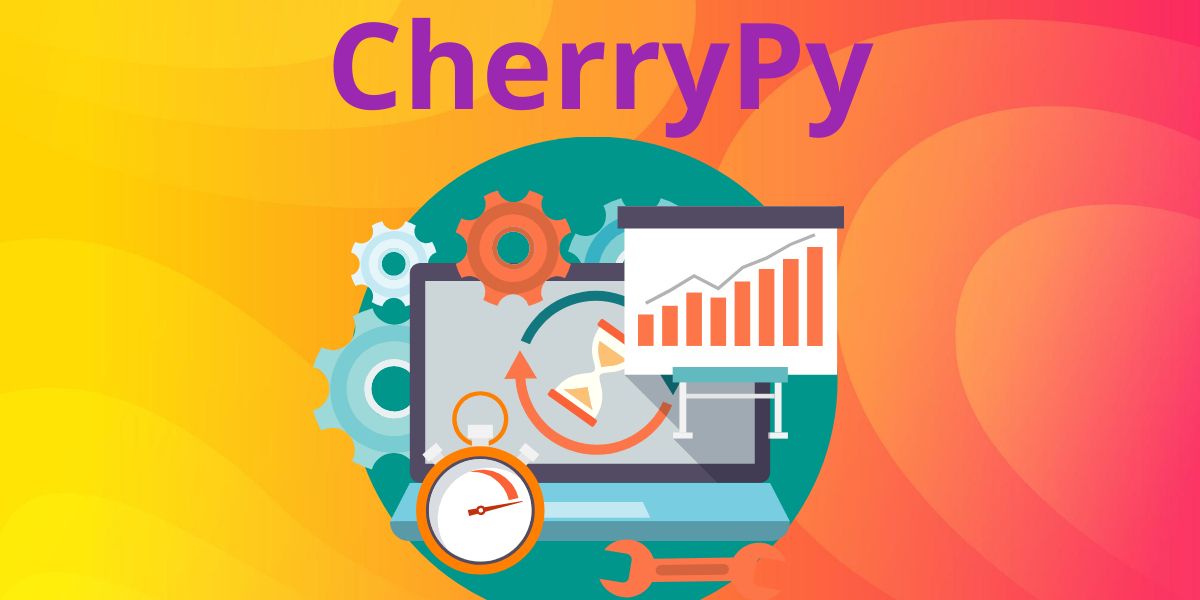If you're a Python developer, you can benefit greatly from the array of available frameworks. While some frameworks are best suited for large ecosystems, others specialize in serving specific development goals. Read on to learn the basic features, usages, and differences between two Python frameworks: Flask and CherryPy.
Features of Flask
Flask is a micro-framework of Python that you can use for developing web apps. This free, open-source framework is compatible with top operating systems like Windows, Mac, and Linux. Based on Werkzeug and Jinja 2, this minimalist framework supports extensive expandability.
You can also add any and all necessary functionalities to it while developing complex applications. This architecture helps you write an effective web app by aggregating libraries and modules while keeping the core of your project simple and scalable.
Besides offering you several tools and utilities for speedy development, it provides you the option to select the database, template engines, and servers of your choice. If you use Flask, you don’t need to write code for thread management and protocols. This trustworthy framework supports synchronous request processing and built-in unit testing.
It offers some template and data storage conventions that you can easily change. Though it has no built-in admin panel, you can use the Flask-Admin extension. It's compatible with backends such as SQLAlchemy, MongoEngine, Peewee, etc.
The core features of this architecture are easy to learn. You can take assistance from online resources, which are plenty in number.
Features of CherryPy
CherryPy is another pythonic framework suitable for building any object-oriented web application. This reliable open-source framework supports all the popular operating systems like Windows, Mac, and Linux. CherryPy architecture offers facilities for encoding, caching, cookies, sessions, static files, authorization, compression, etc.
CherryPy is an extensible framework that lets you use all the Python libraries and tools in a hassle-free way. You can scale up the app made with this architecture when the app needs to handle more users. You can also utilize its HTTP server to host your apps.
This architecture features a relatively simplistic syntax. For this reason, learning and implementing CherryPy isn't tough at all. The reusable components of this modular framework contribute to the speed and efficiency of app development. Its independent modules decrease the complexity by employing data abstraction.
Differences Between Flask and CherryPy
Now, let’s have a look at the contrasting points between these two Python frameworks.
1. Security of Applications
In Flask, you’ll get robust preventive practices against Cross-Site Scripting and JSON security. However, you need to set up Content Security Policy (CSP) as your response header to protect your data from Cross-Site Request Forgery (CSRF.)
The CherryPy framework core comes with a suite that can efficiently test and debug your application. Apart from this, it has built-in features that help you in processes like code encoding, caching, sessions, and user authorization, sessions, and caching.
2. Web Development Templates
Template files contain a set of static data and also allow incorporating further dynamic data. Flask can offer you templates for the final document, owing to the support from templating engine Jinga.
HTML supports the Web Server Gateway Interface (WSGI) apps which can receive requests forwarded from web servers. Unfortunately, you won't get an HTML templating system from CherryPy. But it supports WSGI, allowing you to convert a web app into a WSGI app.
However, it’s easy to integrate popular templating systems like Mako, Jinja2, or Cheetah into this framework.
3. External Libraries
Flask has numerous external libraries and utilities. You can implement them in the common tasks of your project through quick integration. Moreover, Flask has a developed and rich community that ensures prompt and effective solutions whenever an issue arises.
CherryPy is a highly scalable and flexible framework that makes the integration with any standard Python library simple and effortless. However, a relatively small community of this architecture does not offer any targeted solutions or tools.
Since this minimalistic and lightweight framework offers only a few basic features, the lack of solutions often affects the developers who use it.
4. Supported Databases
Although Flask doesn't offer any built-in ORM framework, you can use open-source libraries or extensions like Flask-SQLAlchemy and Flask-Pony. This architecture is an ideal option for developing NoSQL databases. It has access to open source libraries or extensions that support NoSQL databases like MongoDB, CouchDB, Cassandra, and DynamoDB.
Similarly, you can use CherryPy to manage relational databases using Python libraries and extensions. With no built-in ORM framework, you get the freedom to choose your preferred extension.
5. Popularity
If you want to compare the popularity between these two Python frameworks, Flask is the clear winner. It gathered 56.5K stars on GitHub and currently has 627 contributors. When it comes to job opportunities, many organizations include Flask as a requirement when hiring Python developers.
Despite being older than Flask, CherryPy is the less popular choice in the developer community. It received 1.4K stars on GitHub and currently has 113 contributors on the same platform.
When to Use Flask and CherryPy
Though CherryPy is more than 18 years old, the comparative newbie Flask is way ahead of it in terms of popularity. However, that doesn’t mean you should only opt for the latter one. Find out when you should use either of these frameworks.
1. Best Use Scope of Flask
You can use Flask in a number of scenarios, such as:
- If you’re a startup and want to use a scalable framework that you can expand according to your growth
- When there's a need to build simplistic web APIs
- When you want to build large-scale web apps
- If you need clear documentation for development work
- When you need to build a prototype for any project
2. Best Use Scope of CherryPy
You can use this undervalued gem of Python web tools in the following cases:
- If you’re looking for a framework to create REST APIs with built-in tools
- If you want to develop small-scale apps at a rapid pace
- When you don’t need a lot of resources and templates for your project
- If you’re a seasoned web developer who doesn’t need any coherent framework documentation
- When flexibility isn’t your top priority
Use the Best-Suited Framework for Python Apps
The right Python framework makes the problem-solving process seamless. Now that you know when to use Flask and CherryPy, you can put all your dilemmas aside. You can also explore the differences between other Python frameworks. It helps you utilize them wisely to serve your web development objectives to the best of your abilities.






